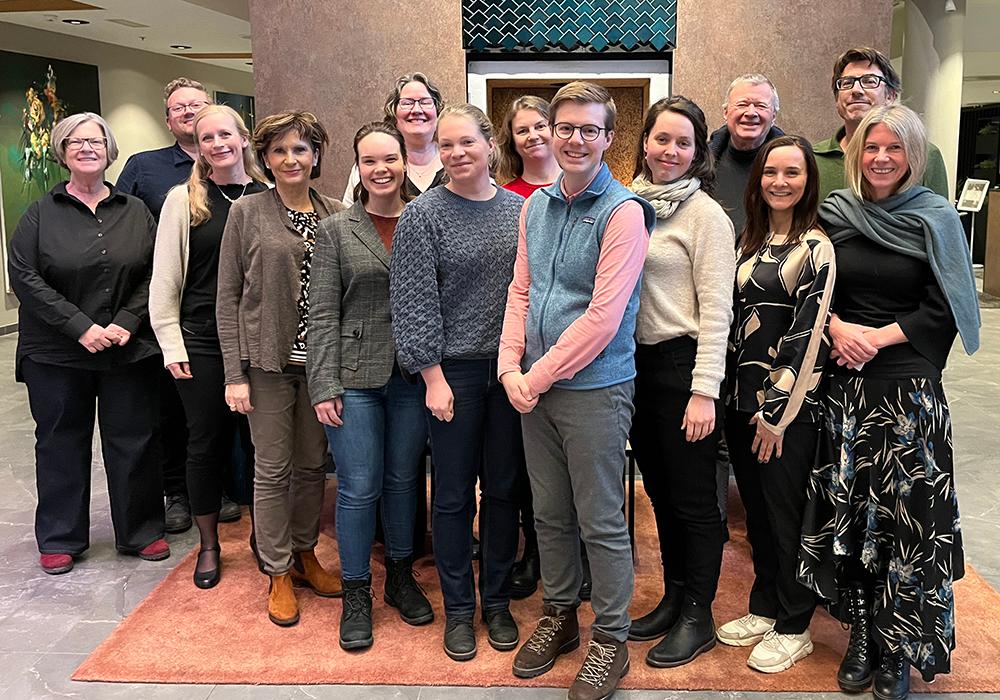Grammatical Gender in Norwegian Dialects: Variation, Acquisition & Change (GenVAC)
Grammatical Gender in Norwegian Dialects: Variation, Acquisition & Change (GenVAC)

Recent research shows that grammatical gender is changing in Norwegian dialects. In some places, the traditional system with three genders (masculine, feminine, neuter) is turning into a two-gender system of common gender and neuter. GenVAC aims to study changes in grammatical gender through large-scale experimental studies. It will scrutinize to what extent feminine gender is disappearing from Norwegian dialects, and to what extent shared masculine and feminine forms play a role in this process. In fact, previous research suggests that the feminine forms disappear because many of them have the same form as the masculine forms, but that the cause of the change is due to factors external to the grammar.
However, these shared forms have existed for decades, raising the question of why feminine gender is subject to change now. An important objective in GenVAC is to study the interplay between the grammatical factors and factors having to do with language and language use in social settings. The project will also compare the ongoing development to similar historical changes in other languages like Danish and Dutch.
In order to meet its objectives, GenVAC will use three methods: i) production experiments where participants play a kind of game in order to produce target forms expressing grammatical gender, ii) eye-tracking where eye movements are used to investigate how the mental grammar uses grammatical gender, and iii) collecting linguistic and socioeconomic data from the participants which can be correlated with their linguistic production. Participants will be three different age groups. Understanding a complex phenomenon like grammatical gender requires collaboration across linguistic disciplines and methodologies. Therefore, a large group of national and international researchers have been assembled to provide the necessary expertise and breadth required by the research questions.
The project is funded by The Research Council of Norway


